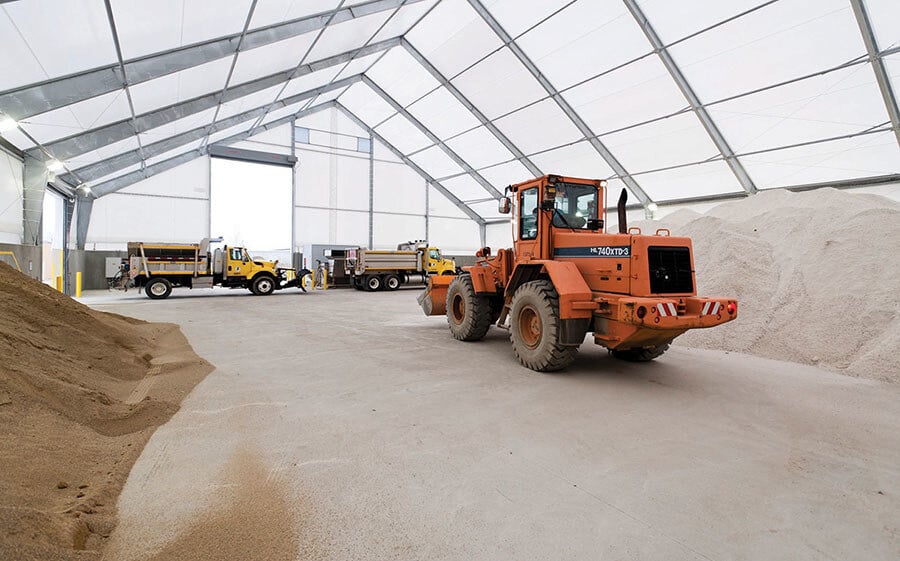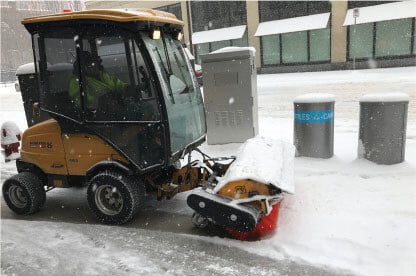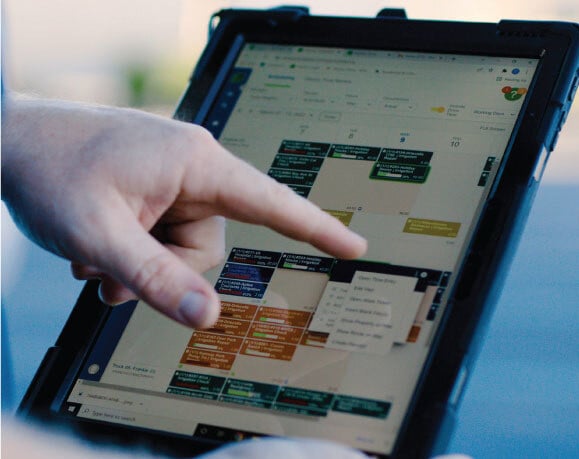
In snow and ice management, accurate inventory forecasting is more than just a logistical task—it's a critical component that ensures the success of your events. By precisely predicting the materials and labor needed for each event, you can avoid the pitfalls of under-preparation and overstocking, both of which can lead to increased costs and reduced efficiency.
Diligent recordkeeping
-
Keep detailed records of past events, including types and amounts of materials used, to establish a baseline for future inventory needs.
-
Utilize historical data to make informed decisions and improve forecast accuracy.
-
Adopt a "measure everything" mindset to gain a comprehensive understanding of inventory usage patterns.
-
Track every item used during an event, from initial setup to final teardown.
-
Meticulously document details to identify trends and adjust inventory levels.
Measuring Site Efficiency
-
Understanding each location's unique challenges is crucial for maximizing productivity.
-
Measure site efficiency by evaluating venue layout; obstacles; and ease of access for loading and unloading materials
-
Consider that working in tight areas, such as loading docks or navigating stairs, can significantly reduce efficiency.
-
Document the square footage of all areas you are obligated to service.
-
Understand internal performance ratios to better allocate labor and materials.
Prepare for the Unexpected
-
Shifts in weather can drastically alter material needs for an event. Set baseline material amounts and use multipliers to adjust for specific weather scenarios.
-
Plan for a range of conditions to ensure necessary supplies are on hand.
Maintaining Adequate Supplies
-
Ensure an adequate supply of materials for smooth event execution.
-
Maintain resources for both planned events and unexpected situations.
-
Keep at least three average storms' worth of materials at your facility.
-
Avoid running out of materials to prevent delays or contract breaches.
-
Monitor inventory levels carefully and replenish supplies as needed.
Documenting and Monitoring Usage
-
Create detailed logs for each event, capturing amount of labor required; types of materials used; and challenges encountered.
-
Regularly review logs to identify areas for improvement; make data-driven decisions; and discover overused materials or tasks taking longer than expected.
-
Analyze data to adjust inventory levels and labor allocation
-
Implement a tracking system to automate documentation; streamline operations; reduce human error; and provide real-time insights into inventory and labor usage
Embracing these practices not only enhances your ability to forecast accurately but also positions you as a reliable and efficient event manager, capable of handling any challenge that comes your way.
Mike McCarron is president and founder of Image Works Landscape Management in Northern Virginia.



